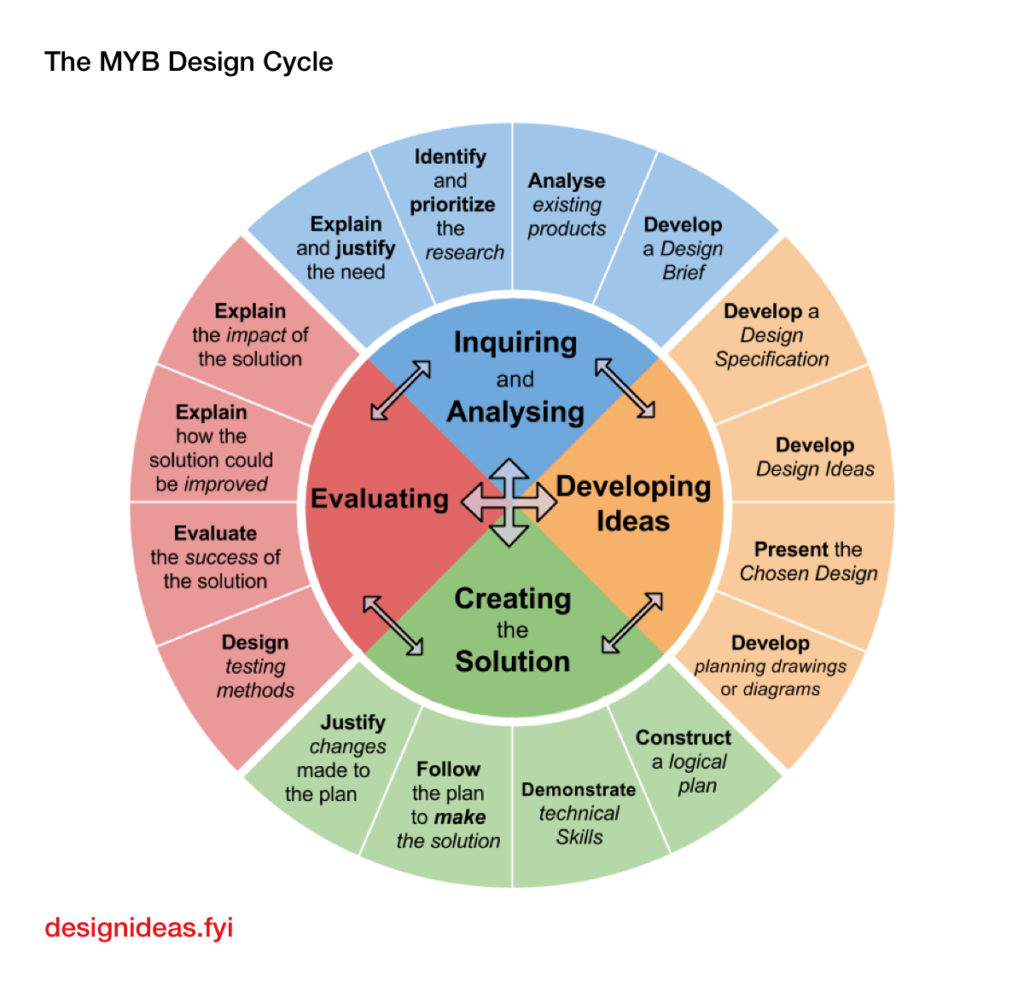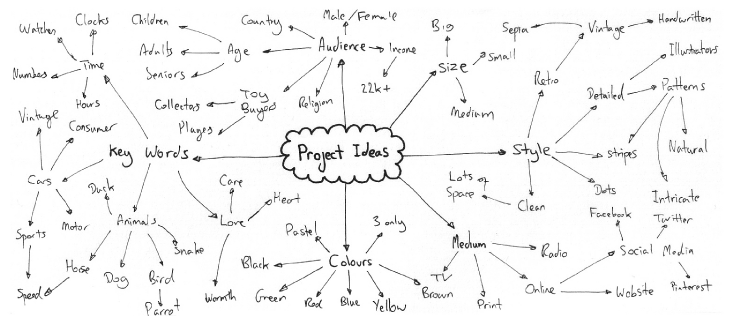By Michel-Patrick Moroney
Creativity isn’t just waiting for a bolt of inspiration. Big breakthroughs often happen because someone tried a lot of things, mixed ideas in new ways, and kept working while balancing structure with freedom to just “think”. That “edge between chaos and order” isn’t a poetic metaphor - it’s a real place where new ideas appear.
Now, artificial intelligence brings a leap in that process. What used to take days or weeks - prototyping versions, visualizing alternatives, testing combinations - can now happen in minutes. Rapid prototyping via AI means you can explore many more options, faster. Then you apply your human judgement to pick what’s meaningful.
In short: you set up the machine-of-ideas and then you guide it. This guide lays out how to do that, in simple steps, including how AI can help.
Field Guide: Turning Ideas Into Something Real
1) Produce a lot of stuff
Why: Research from Dean Keith Simonton and colleagues shows that a higher number of attempts correlates with higher creative success. ResearchGate+2PubMed Central+2
What to do: Set a daily or weekly goal (for sketches, concepts, drafts).
How AI helps: Generate many versions quickly — text variations, image drafts, sound sketches.
2) Combine old elements in new ways
Why: Creativity often comes from recombining existing building blocks rather than inventing from scratch. (Simonton’s “variation/selection” idea.) Cambridge University Press & Assessment+1
What to do: Pick ideas from different fields and fuse them (e.g., design + music, narrative + data).
How AI helps: Ask it to “merge concept A with concept B” and show you possibilities.
3) Work the edge of chaos and order
Why: Too much control = predictable, too much randomness = incoherent. You need both.
What to do: Alternate structured work (rules, forms) with open experimentation.
How AI helps: Use low- “temperature” (safe, conservative) vs high-“temperature” (wild, exploratory) modes or prompts to test both ends of the scale.
4) Let progress build over time
Why: Creativity improves not just because you’re smart but because you keep working and accumulating work. You won’t know what doesn’t work, till you try it.
What to do: Archive your “sketches”, revisit them, compare old vs new.
How AI helps: Use tools to track your growth, map style changes, highlight where you improved.
5) Use constraints to force invention
Why: Limitations help you innovate (because you have to find a solution within a boundary).
What to do: Impose time limits, word limits, material limits, or form limits.
How AI helps: Ask “Generate a story with only one vowel,” or “Create an image in two colours,” etc.
6) Spot the outliers - the rare hits
Why: Most ideas are mediocre; few are great. Recognizing and focusing on the few matters.
What to do: At review time pick the top 1-5% of your outputs that feel strong and explore them further.
How AI helps: Use analytics or ask AI to “rank my outputs by novelty or emotional impact”.
7) Iterate again and again
Why: First drafts are rarely the best (although - sometimes they are). Revision is where quality builds.
What to do: Create versions, refine, alter, test.
How AI helps: A/B test variants, ask for “version 1”, “version 2” with small changes, compare results.
8) Study the masters
Why: Succesful “creators” worked in patterns you can learn from.
What to do: Choose a creator you admire. Map their workflow, habits, mistakes, breakthroughs.
How AI helps: Ask “What were X’s steps for creating Y? Show me how I might adapt that for me.”
9) Measure meaningfully
Why: Tracking gives feedback you can act on.
What to do: Log your ideas and skectches, how many completed, how many “good”, how many reused.
How AI helps: Automate tagging (e.g., “novel”, “unexpected”, “emotional”), cluster outputs, surface trends.
10) Stay curious beyond your field
Why: New combinations often come when ideas from different domains collide. Research supports cross-domain and cross-discipline influence. arXiv
What to do: Embrace new things widely. If you’re a musician read physics or architecture. If you’re a designer study biology.
How AI helps: Ask for “Explain concept X (outside your field) using metaphors from your field,” or ask for crossover ideas.
Daily Practice Template
Morning: Generate five quick ideas. No need to be perfect.
Afternoon: Pick one of the ideas and use AI tools to create three variations.
Evening: Review the three. Choose the one with the most emotional or unusual “pull”.
Weekly: Tag and save your top 10 % of outputs. Archive the rest for later reference.
Core Equation
Rooted in Dean Keith Simonton’s “Equal-Odds Rule” it looks like this: Creativity = (Volume × Variation × Persistence) ÷ Fear
AI helps crank up volume and variation. You handle persistence and confronting fear. The ratio matters.
Closing Reflection
Creativity really isn’t mystical anymore - it’s more practical. It’s about working the boundary where rules meet experiments, where order welcomes surprise. AI doesn’t replace that - or you. It expands your sandbox. Rapid prototyping means you can explore wider, fail faster, learn quicker. The future of creativity isn’t about waiting for lightning. It’s about building more storm clouds and knowing which ones will rain.




